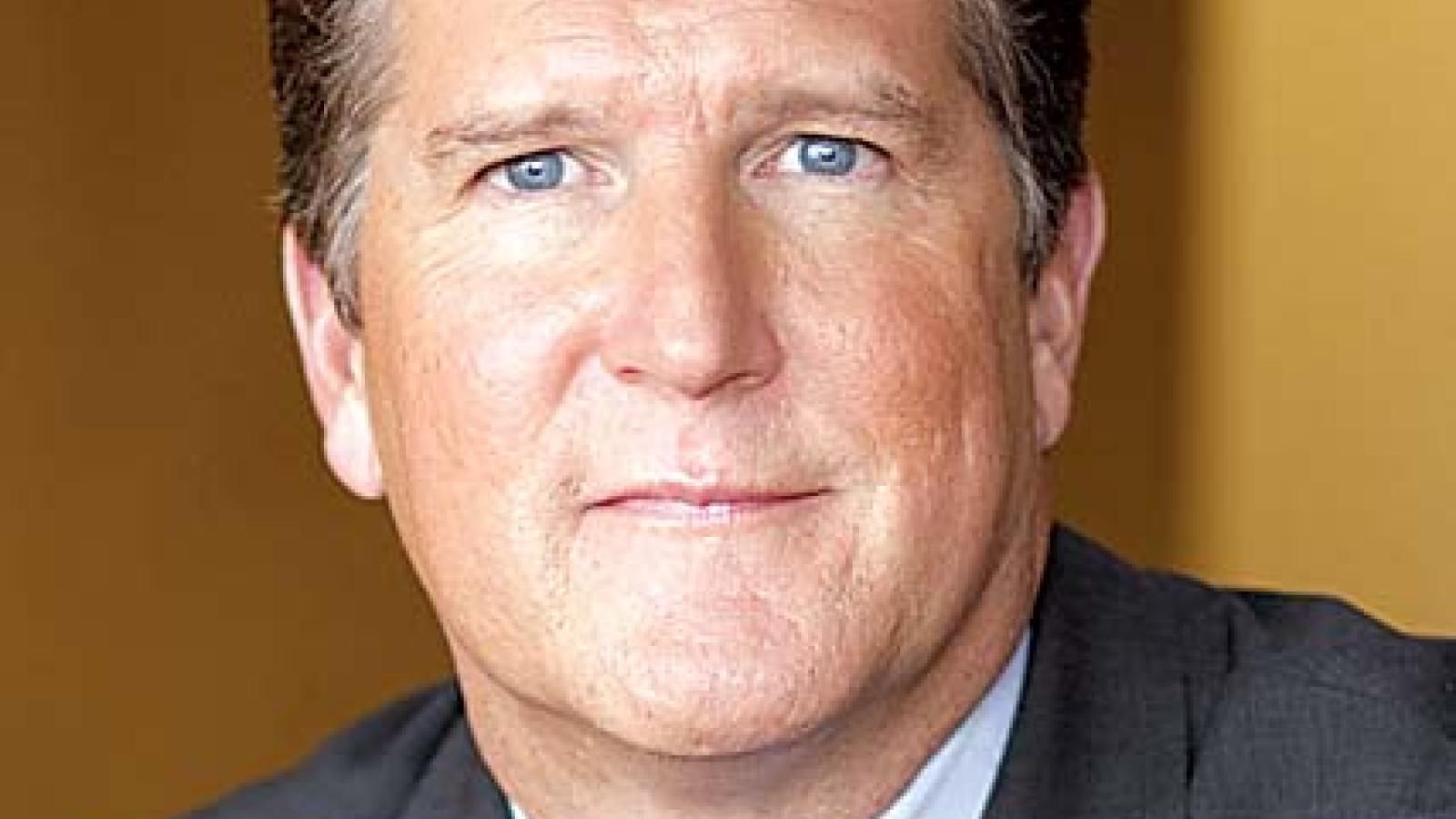Compared to the containerized world, the global ro-ro and car carrier business appears to be fairly stable. Nevertheless, our industry faces significant challenges that, unless positively progressed, could lead to service deterioration in the short term and potentially fewer choices for shippers in the medium term.
The first challenge is with bunker costs and bunker recovery. Freight rates in the ro-ro and carrier business have remained relatively stable over the last decade, while the cost of fuel has risen nearly 600 percent during that same period. This means unless tariffs and customer contracts have bunker-adjustment-factor clauses that kick in at around $150 per ton (the bunker cost 10 years ago), we are absorbing costs never contemplated when the freight rate was constructed.
Further, shipping costs will dramatically increase in coming years as ships are required to burn cleaner fuel. New fuel mandates already require us to use a more expensive low-sulfur fuel in any European Union port, and while sailing in the North Sea and Baltic Emission Control Area zones. And starting in August, the International Maritime Organization has officially designated waters off North American coasts as an area in which stringent international emissions standards will apply.
Carriers can’t afford to bear these added costs. Industry collaboration with shippers can mitigate the impact, if we collectively make smart decisions.
The second major challenge is the economic uncertainty and volatility. Managing in this environment is difficult, not only in day-to-day operations, but also in forward planning on investments in capacity. Customer-carrier collaboration in this environment is more important than ever.
For next year, given the debt crisis rippling through Europe and the impact this has on global financial markets, volumes from our customers may soften during the next six months. I expect the BRIC countries (Brazil, Russia, India and China) to stay relatively strong, including export from Europe to China, while exports to Europe will likely weaken.


